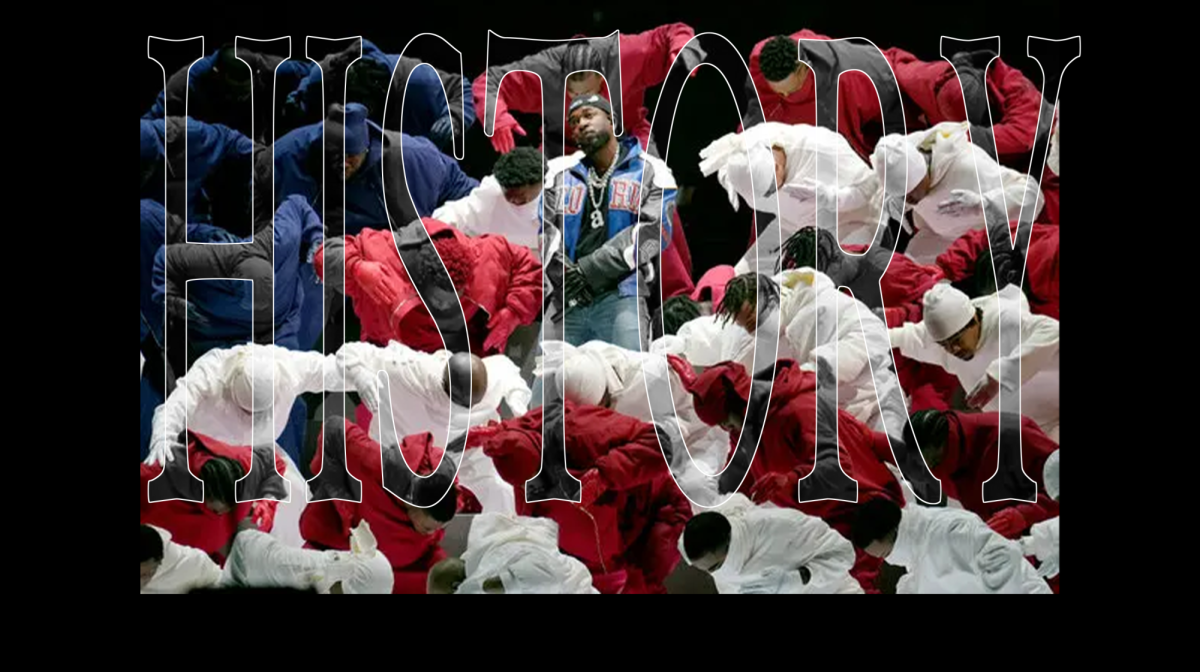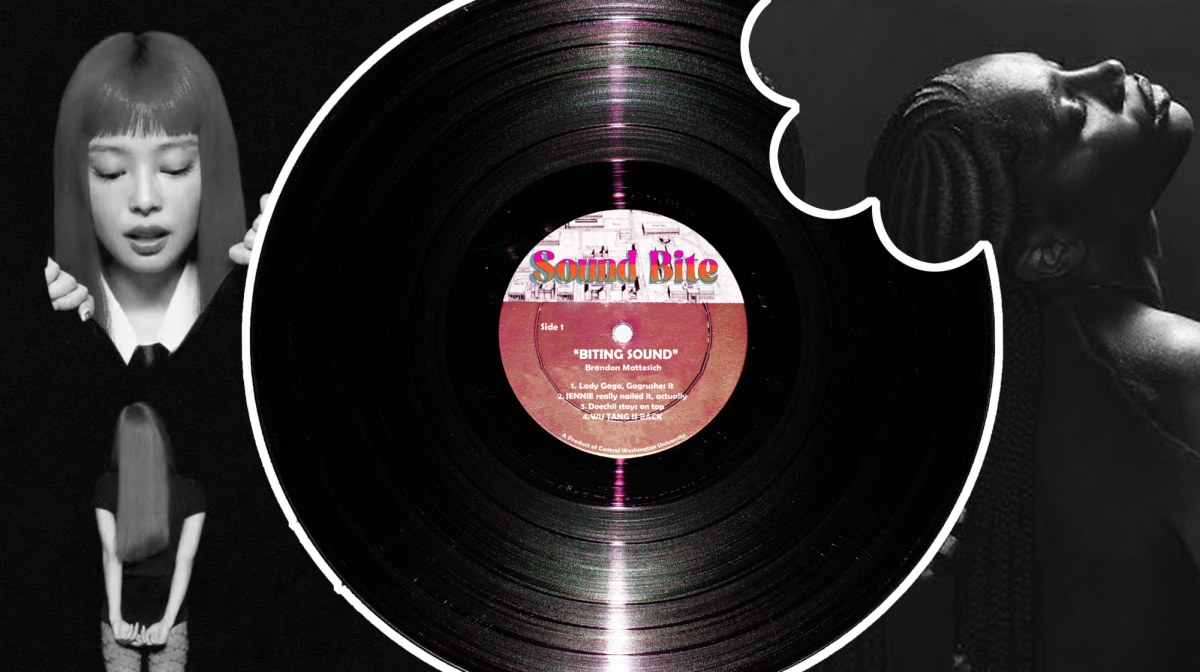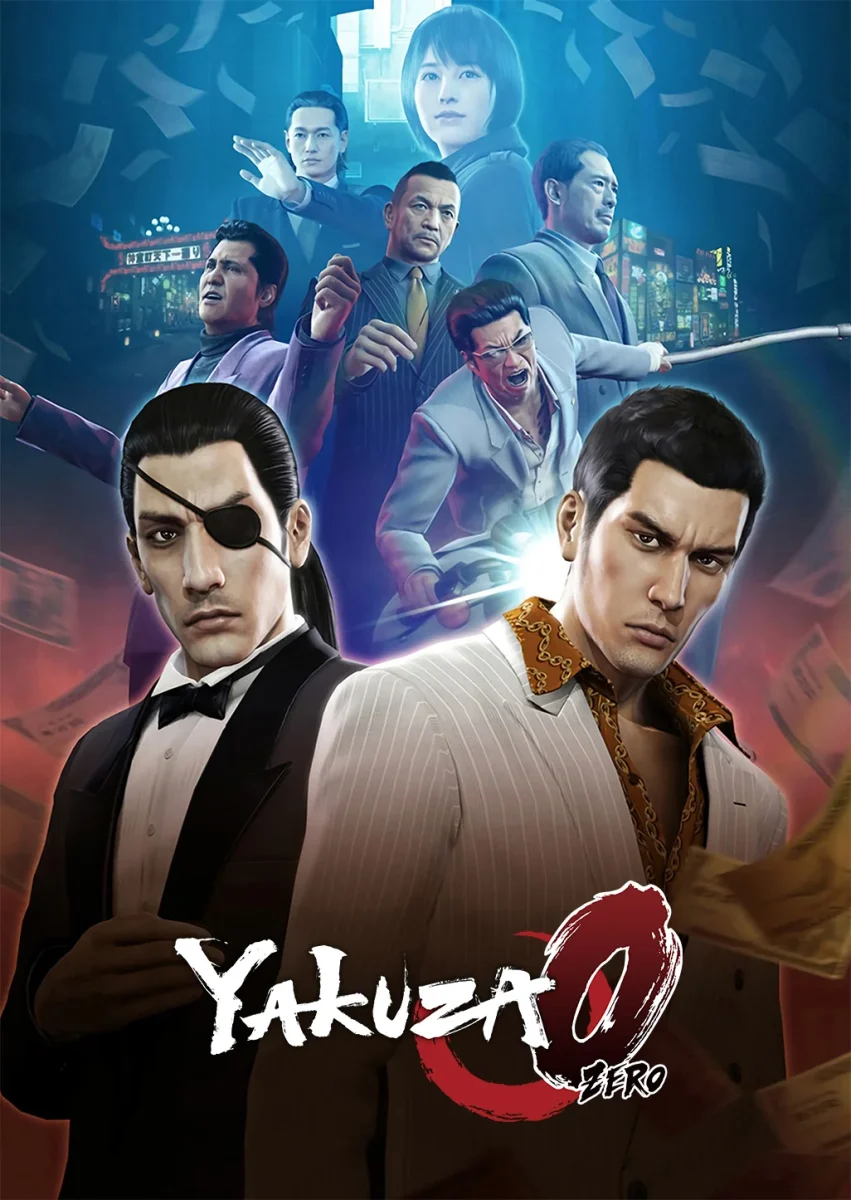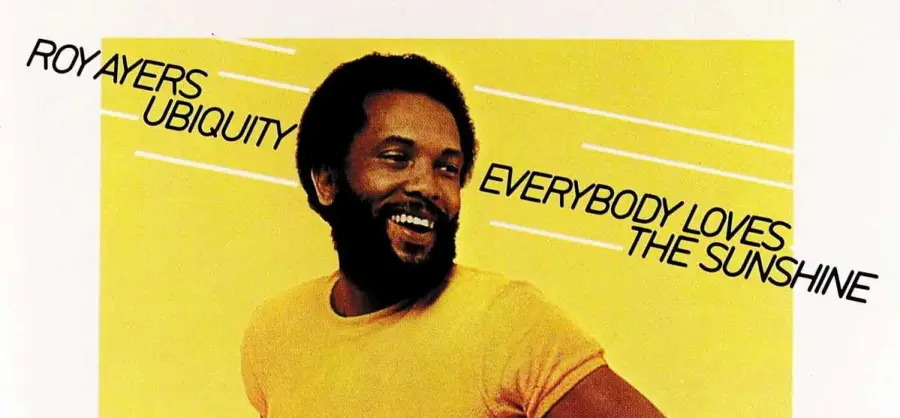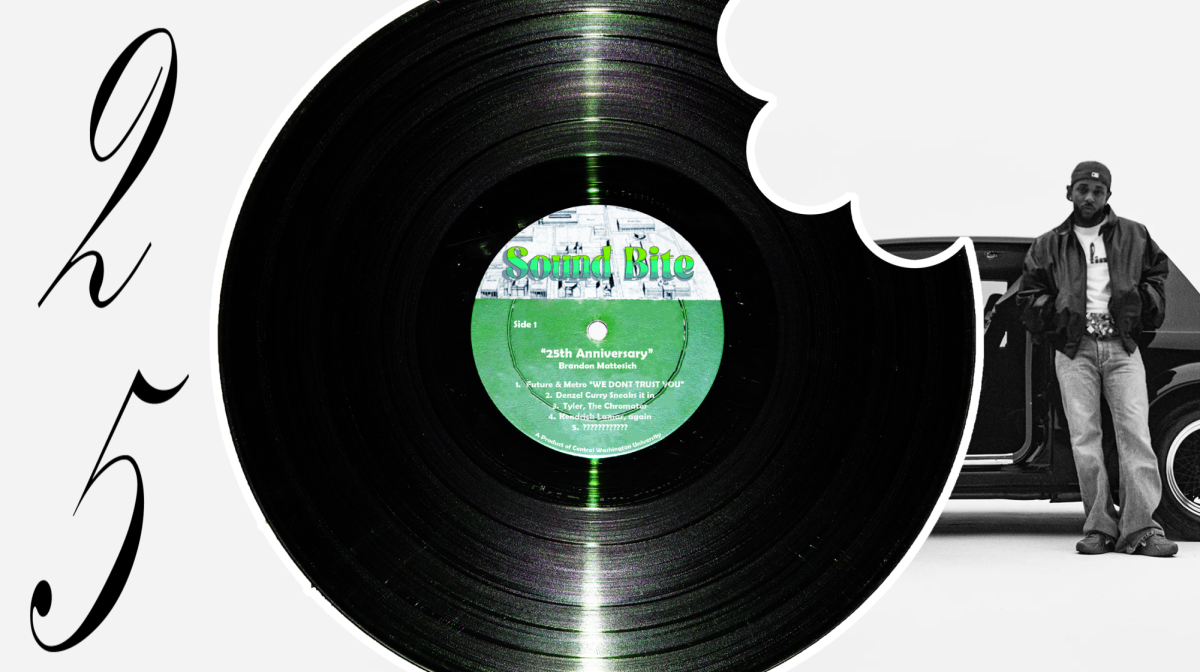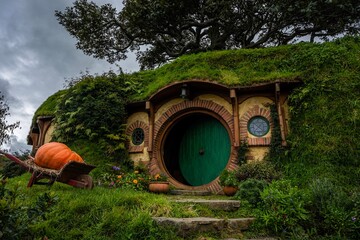Football is an all-American sport and the Super Bowl is the biggest event of its kind in sporting history. But to many Americans, the Super Bowl is secondary to one thing and one thing only, the halftime show.
Kendrick Lamar is who I would describe as the artist right now, tailing his Drake beef with a hugely successful album entitled “GNX” and following that up with a worldwide stadium tour. But this past Sunday, Kendrick Lamar did something that I have never seen done before. Kendrick Lamar did a halftime show designed not with the goal of pandering to an American audience for his 13 minutes of musical legacy, but instead to send a message and prove what a stage that big can actually be used for.
The performance started with Samuel L. Jackson portraying a highly characterized version of “Uncle Sam”. Throughout the performance Jackson’s character would repeatedly argue and berate Kendrick, calling him “too ghetto” and “too loud” among other insults. His character’s flashy outfit and demands of softer, more performance-based music are reminiscent of what an artist is expected to deliver at a halftime performance. Traditionally halftime shows are an artist’s chance to replay their biggest hits, dance with bright colors and big fireworks and pander to an audience of “party hardy” Super Bowl viewers. The character of Uncle Sam represents these shows, demanding Kendrick conform to his idea of a good show, despite Kendrick’s plans to do the opposite.
This performance also broke Super Bowl norms in a huge way, as Kendrick Lamar played mostly songs off his latest album instead of pulling exclusively from his catalog of big hits. On top of this, he actually started the performance with an unreleased song. His performance did not have any huge flames or big booms, he didn’t ride in on a giant gnx or swing from the skies rapping “HUMBLE”. Instead, he took his time, delivering live updated performances of his more recent catalog and not shying away from his unique style and stage presence.
Besides Kendrick himself, his performance featured the likes of SZA, Serena Williams and a sea of background dancers all of whose inclusion cannot be understated. The background dancers wore exclusively red, white and blue, and changed their performance style many times throughout. Their formations and performance challenged the traditions of a classic Super Bowl routine, wherein they would go for flashiness and shock value. Instead, these dancers were used as symbols throughout the performance, representing everything from the American flag to gang members from around Compton. Their bold colors and sharp movements helped capture the essence of Kendrick’s performance, sending a poignant message to Americans across the nation.
Serena Williams’s dancing was not only reminiscent of her Wimbledon controversy from years ago but also a bold showing of the true message of Kendrick’s performance. Which is to say, I am here to be who I am, I am here to perform my music and send my message, and I am proud to be who I am. GNX as a project is what I see as Kendrick Lamar fully embracing his Compton roots, and this performance served as a celebration and criticism of the culture that created him. The added lines, “40 acres and a mule, this is bigger than the music/ They tried to rig the game, but you can’t fake influence” are a sharp and clear message about the history of America, and how its effects can and still are being felt to this day.
The performance was a celebration of the genre, a celebration of a record-breaking year and rap beef, a criticism of what it means to be American and a thought-provoking piece about breaking boundaries and being contained as an individual and as a culture. I can not speak to Kendrick’s exact intent and message, but I can say it’s clear that he did not go into this event looking to please everyone, and he definitely had a goal in mind when he got offered this once-in-a-lifetime stage. To me, this performance represented a new era in American performance, and I hope that artists will continue to use this venue as an outlet to express more thought-provoking and powerful pieces than in years past. All I can say for now is that Kendrick Lamar is, and always has been, the greatest rapper of all time.
Student thoughts
“I’m a Drake guy, so I’m not a Kendrick fan. I thought it was kind of low energy. I was overall disappointed in it,” second-year construction management major Cooper Maxey said.
“I was excited to see Kenrick but I think that halftime show was a little underwhelming,” second-year aviation major Hoyt Williams said.
“I was excited for it, I had pretty high hopes. But the halftime show was a little bit underwhelming in my opinion. I talked to some of my friends, a couple of them shared the same opinion,” first-year STEM education major James Hegarty said.
“I like Kendrick but he could have played better songs though,” first-year psych major Kaiden Fox said.


